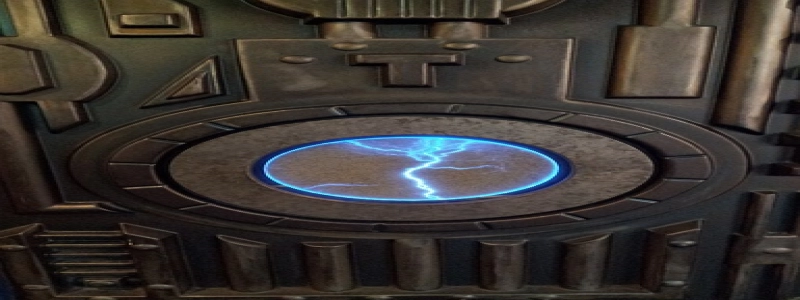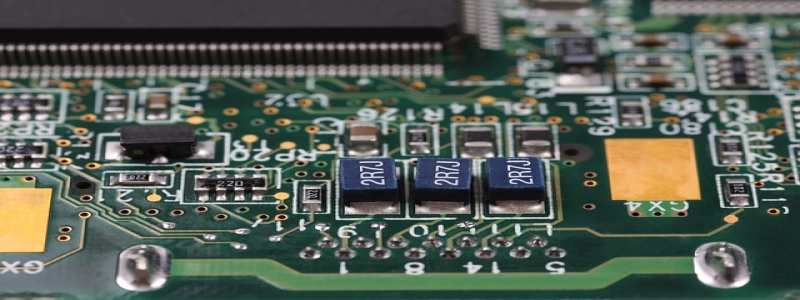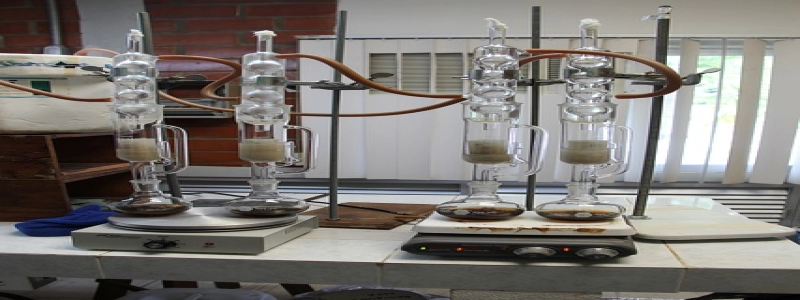How Far Can Single Mode Fiber Go?
Title: How Far Can Single Mode Fiber Go?
Invoering:
In today’s modern world, the need for faster and more reliable communication has become paramount. As a result, single mode fiber has emerged as the preferred choice for long-haul transmissions. With its ability to carry large amounts of data over long distances, it has revolutionized the telecommunications industry. But just how far can single mode fiber go? In dit artikel, we will explore the capabilities and limitations of single mode fiber and understand its potential for long-distance communication.
I. Understanding Single Mode Fiber:
A. Definition and characteristics
– Single mode fiber is an optical fiber that allows only one mode (or path) of light to propagate.
– It has a smaller core size (typically 8-10 microns) compared to multi-mode fiber.
– Single mode fiber operates at a wavelength of 1310 or 1550 nanometers, enabling high-speed data transmission.
B. Advantages of single mode fiber
– Low attenuation: Single mode fiber has lower signal loss over long distances, making it ideal for extended transmissions.
– High bandwidth: It can carry higher data rates compared to multi-mode fiber, facilitating faster communication.
II. Factors Influencing the Distance:
A. Fiber quality and purity
– The quality of the fiber optic cable, including its material and manufacturing process, greatly affects how far it can transmit signals.
– Any impurities or defects in the fiber can cause signal loss and limit the transmission distance.
B. Signal power and attenuation
– The strength of the transmitted signal plays a crucial role in determining how far it can travel.
– Attenuation, or signal loss, occurs due to factors such as fiber imperfections, bending, or splices, reducing the maximum achievable distance.
C. Optical amplification
– To compensate for signal loss, optical amplifiers can be employed along the fiber optic cable.
– Amplifiers boost the signal strength, allowing signals to travel greater distances without significant degradation.
III. Maximum Distance of Single Mode Fiber:
A. Standard transmission distances
– Single mode fiber can typically transmit signals up to 40 kilometers (25 miles) without the need for amplification.
– For longer distances, optical amplifiers are used to extend the reach of single mode fiber.
B. Ultra-long-haul transmission
– With the aid of advanced technology and repeaters, single mode fiber can achieve transmission distances of thousands of kilometers.
– Specialized systems, such as submarine communication cables, utilize repeaters to maintain signal strength over extended undersea distances.
IV. Future Developments and Limitations:
A. Continued advancements in technology
– Ongoing research and development aim to improve the capabilities of single mode fiber for even longer distance transmissions.
– Development of new materials, manufacturing techniques, and optical amplification methods holds promise for further extending the reach of single mode fiber.
B. Limitations to consider
– While single mode fiber offers impressive transmission distances, it is not immune to external factors such as extreme temperatures, physical damage, or signal interference.
– The actual transmission distance achievable may vary based on environmental conditions and other external factors.
Conclusie:
Single mode fiber has revolutionized long-distance communication by providing high-speed data transmission over vast distances. While it can typically transmit signals up to 40 kilometers without amplification, advancements in technology have pushed the limits even further. With ongoing research and development, single mode fiber’s reach continues to expand, enabling us to communicate seamlessly across great distances. As we look to the future, the potential of single mode fiber to connect the world appears limitless.








